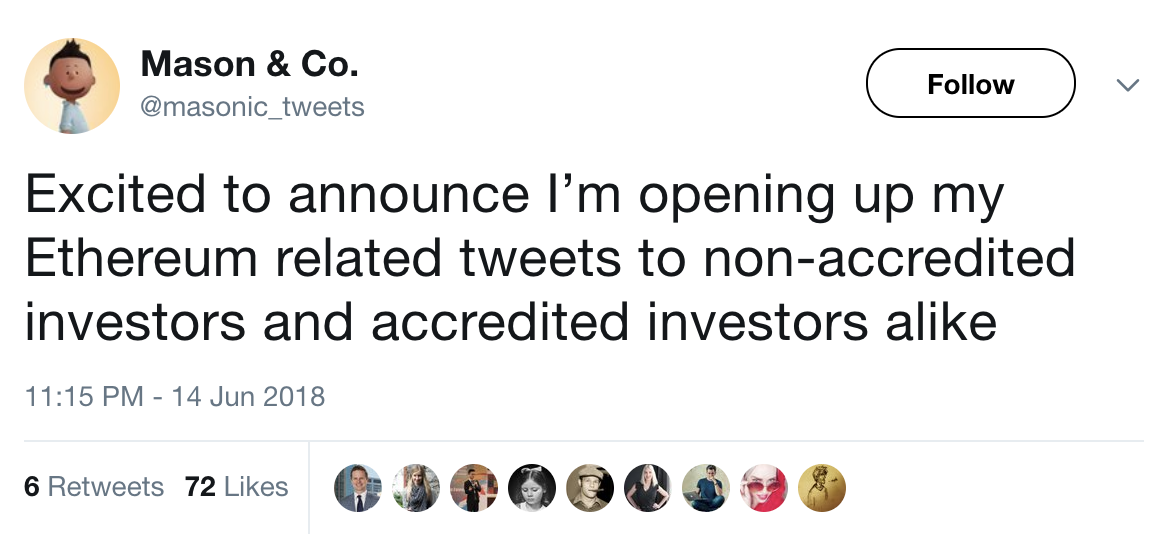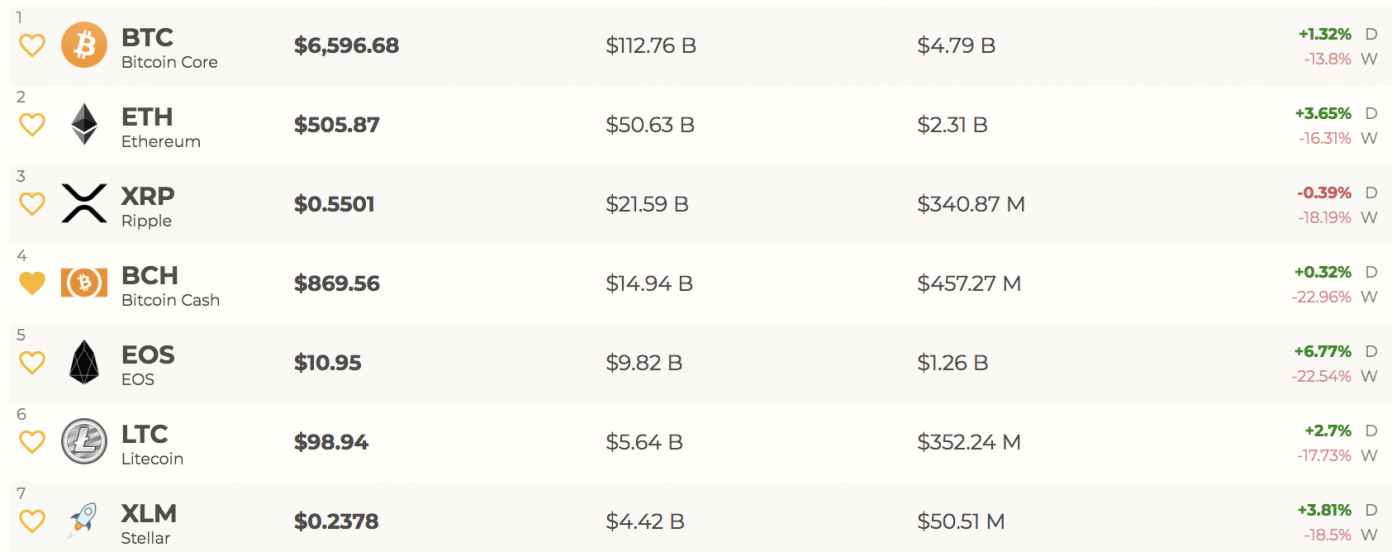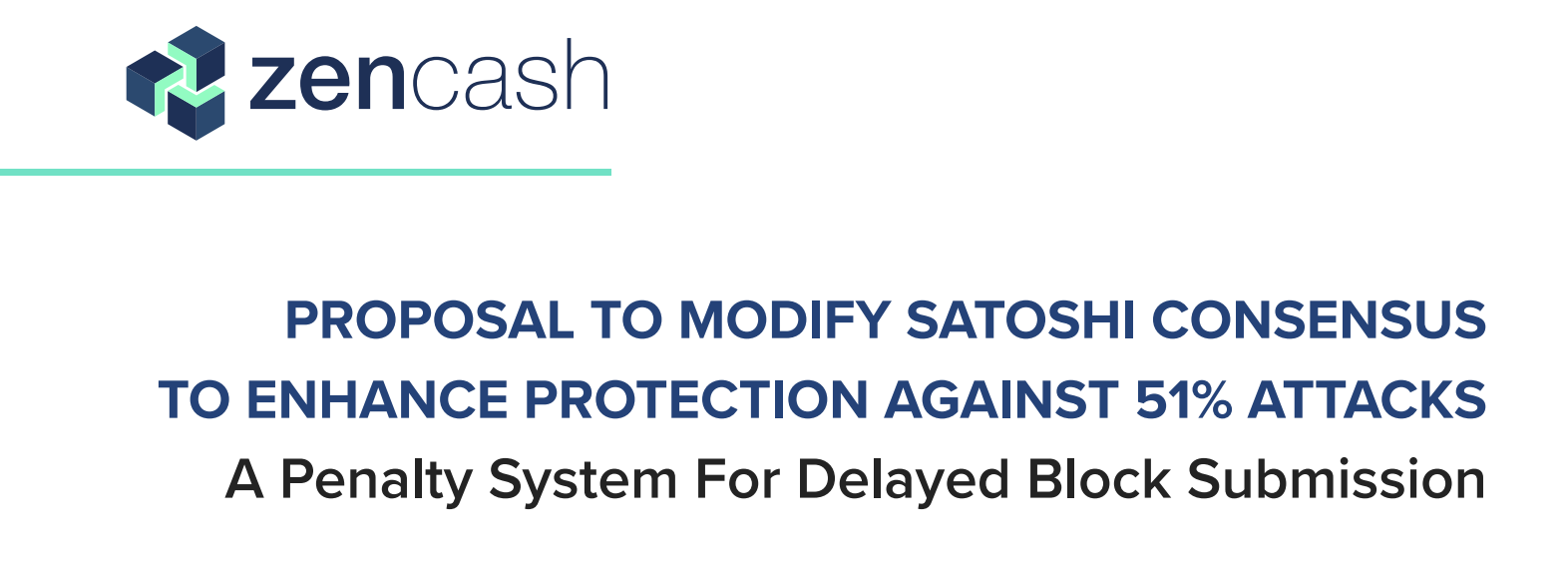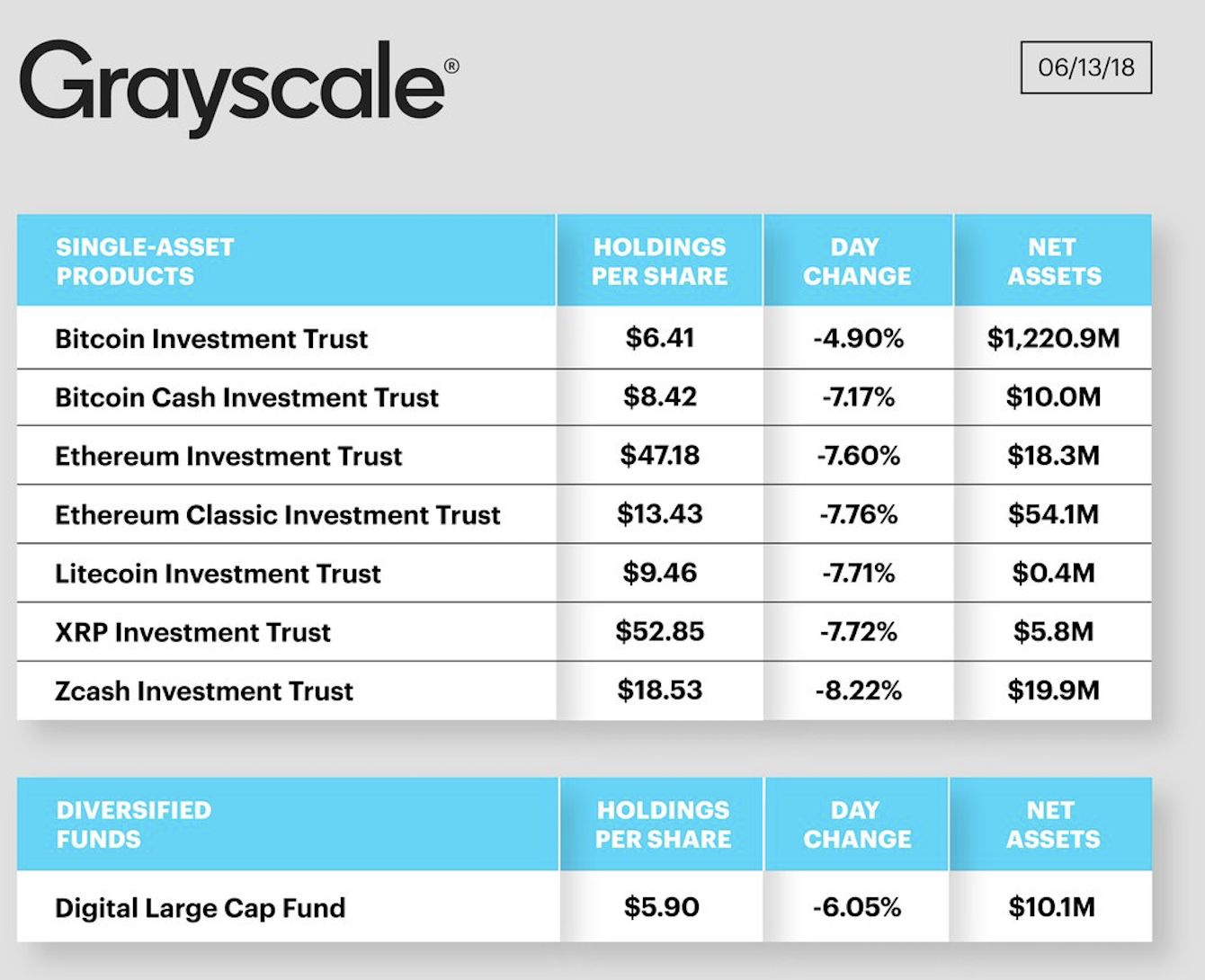
The last 24 hours have been action-packed for the cryptocurrency markets, with digital assets rising off the SEC’s pronouncement that ethereum is not a security. But while most hodlers were toasting the agency’s announcement, one top five coin that failed to respond favorably was ripple. In today’s Bitcoin in Brief we consider where the SEC’s statement leaves XRP and examine a proposed solution to 51% attacks.
Also read: Get Them While You Can Gamers, Graphics Cards Prices Have Crashed
While Cryptos Leap, Ripple Stagnates
We live in strange times when an agency tasked with stamping out market manipulation is responsible for causing the biggest green candle in weeks. Two years ago, many cryptocurrency traders would have struggled to tell you what the SEC did, let alone named its chairman Jay Clayton. But in this new era of blanket regulation, not only is the crypto community familiar with the inner workings of the US Securities and Exchange Commission, but they’re dependant on it to boost their flagging portfolios.

Around the same time an SEC executive was opining that ethereum does not constitute a security, EOS finally reached the 15% voting threshold required to launch the network. This dual infusion of bullish news saw most major cryptos leap in price, with ETH and EOS the biggest beneficiaries. But while crypto hodlers partied, one altcoin community was left to stew in a corner. Ripple has seen a slender increase of just 0.5% in the past 24 hours, as the SEC’s definition of securities has left its status unclear.

The full speech from the SEC’s head of the Division of Corporate Finance William Hinman includes a series of questions for identifying whether an asset is likely to be deemed a security. These include:
- Is there a person or group that has sponsored or promoted the creation and sale of the digital asset, the efforts of whom play a significant role in the development and maintenance of the asset and its potential increase in value?
- Has this person or group retained a stake or other interest in the digital asset such that it would be motivated to expend efforts to cause an increase in value in the digital asset?
- Has the promoter raised an amount of funds in excess of what may be needed to establish a functional network, and, if so, has it indicated how those funds may be used to support the value of the tokens or to increase the value of the enterprise?
- Does the promoter continue to expend funds from proceeds or operations to enhance the functionality and/or value of the system within which the tokens operate?
- Do persons or entities other than the promoter exercise governance rights or meaningful influence?
It’s unlikely that the SEC is going to start making a habit of naming which coins do and don’t constitute a security. But it’s also unlikely, going by those questions, that ripple could be interpreted as as utility token.

An End to 51% Attacks?
Another altcoin that had a very good Thursday was Zencash. It’s bounced back from a recent 51% attack, jumping 17% off the news that Grayscale, led by Barry Silbert, will be making the coin its ninth investment. The group’s portfolios start at $400 million, rising to over $1.2 billion for bitcoin core. The Grayscale news helped the price of ZEN soar, but the more important story was the new whitepaper the team released on Thursday, which has implications for all Proof of Work coins.

In the document, Zencash propose changing Satoshi Consensus, also known as the longest chain rule, to a method that makes it “both technically infeasible and economically disastrous to attempt double spending”. ZEN aims to achieve this by introducing a penalty “in the form of a block acceptance delay in the amount of time the block has been hidden from the public network”. The team now hopes that other PoW coins will adopt this proposal with a view to mitigating further 51% attacks.
Bestmixer on the Difficulties of Maintaining Anonymity

You won’t find KYC on Coinmarketcap, but in the SEC-led compliance era, you’ll find that abbreviation at most on and off-ramps to the world of cryptocurrency. A couple of weeks ago, we reported on Bestmixer, a new bitcoin tumbler trying to restore privacy to cryptocurrency users who desire it. The team behind the project has since contacted news.Bitcoin.com to reassure users that Bitmixer’s coin mixing code is not used to track them.
They explain: “This functionality is necessary for any mixer…without such functionality any mixer can not be considered anonymous…We have to mark transactions because without marking transactions, we would not understand whether it is your money or not when you repeat mixing; it would be technically impossible. Thus, we protect our clients from return of their old coins to them during subsequent mixing. The marking excludes our clients’ deposit from the common pool, so that they can not use it if the BestMixer code is applied.”
They add: “The BestMixer code is necessary to protect a client from getting his old coins back under any circumstances – this is one of the key points on which the system is based. As for the use of the [premium service] Gamma pool there is no need to use the BestMixer code in this pool at all, since it is a separate pool, not tied in any way to either Alpha or Beta pool. How are the funds formed in this pool? It’s either investors’ money or our own reserves. And this pool is really going to be a big problem for startups like Chainalysis.”

Today Was a Good Day
All told, this week has ended a lot better than it began for cryptocurrency holders, unless you’re one of the five Floridians indicted for an $800,000 bitcoin home invasion robbery. Elsewhere, with decentralized cryptocurrencies such as BTC and ETH reveling in their non-security status, Xapo relishing its New York Bitlicense, and Zencash hopeful of a breakthrough in defending 51% attacks, there’s a lot of reasons to be cheerful right now. Don’t get too comfortable though: tomorrow’s a new day, with the potential to bring joy or jet lag to the restless cryptocurrency markets. As always, you’ll find the best and worst of it here in Bitcoin in Brief.
Do you think ripple is a security token and what are your thoughts on Zen’s proposal for stopping 51% attacks? Let us know in the comments section below.
Images courtesy of Shutterstock, Zencash and Twitter.
Need to calculate your bitcoin holdings? Check our tools section.
The post Bitcoin in Brief: Halting 51% Attacks and Where Now for Ripple? appeared first on Bitcoin News.
Powered by WPeMatico
